Bridge project offers chance to fix bad highway designs | Opinion
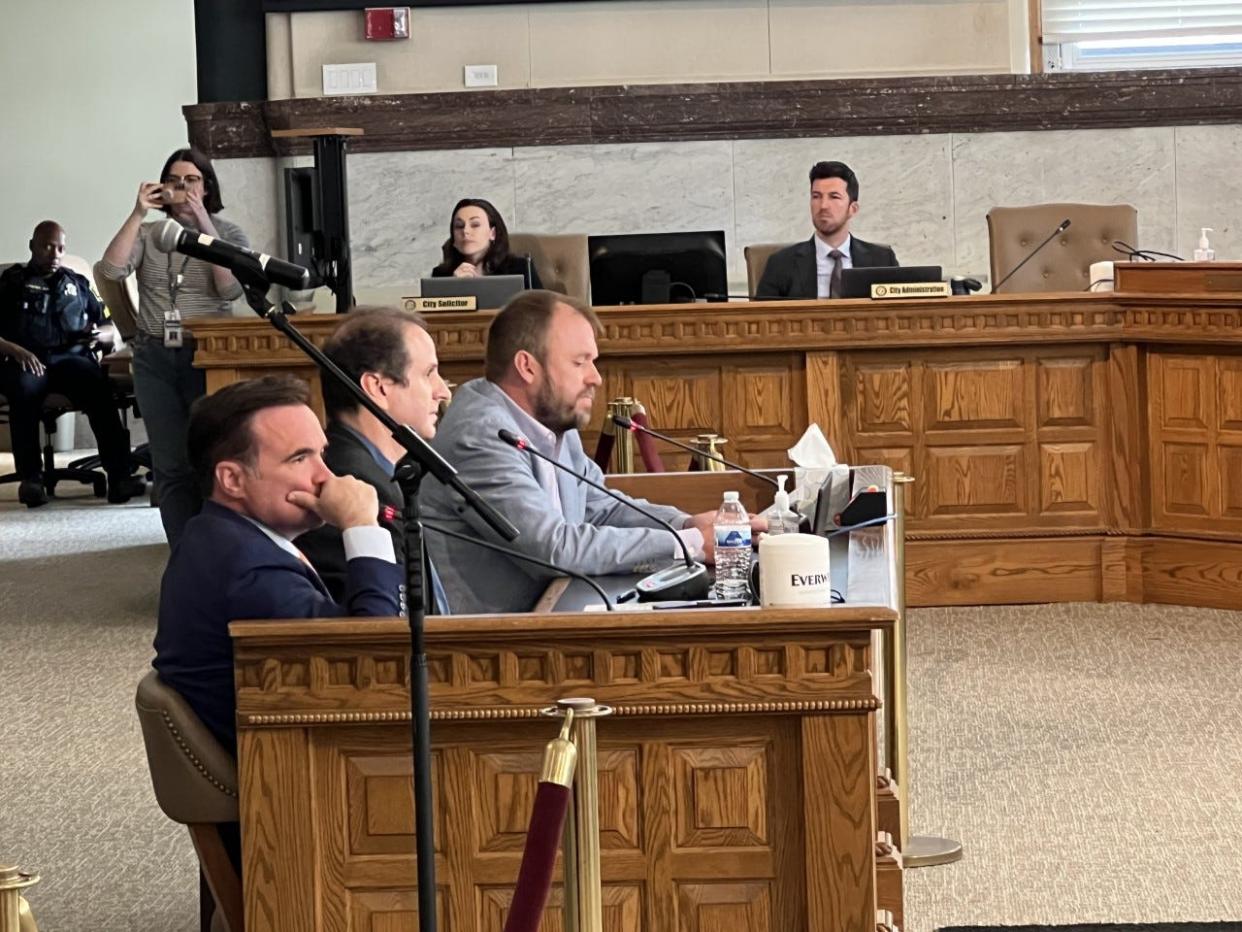
The Brent Spence Bridge Corridor Project will be the largest federal investment in our city ever. We believe it is vital to ensure that the project furthers our city’s renaissance.
While the construction of Interstate 75 and 71 were necessary to the national economy and helped our region grow, the way that they were built tore apart several African American neighborhoods in shameful chapters in our city’s history. In the late 1950s Kenyon-Barr was a thriving part of the West End, a neighborhood of more than 25,000 people in an area now known as Queensgate. But Kenyon-Barr was essentially destroyed, its residents shoved aside and forced from their homes due to the construction of I-75.
In 1971, history repeated itself with the construction of I-71. The design of I-71 avoided wealthy neighborhoods and callously ripped apart Evanston, Avondale and Walnut Hills, all predominantly African American neighborhoods, displacing thousands all over again.
More: Cincinnati leaders could seek elevated voice in Brent Spence Bridge project
To add insult to injury, I-75 built a spaghetti highway system of ramps that created a chasm between downtown, Queensgate and the West End. The construction of I-71 built a sprawling Fort Washington Way that created a chasm between downtown and the riverfront.
History rightly judges these design decisions harshly, and we now know that highway construction should complement − not slice up − the urban fabric.
The good news for Cincinnati is that for decades now a diverse group of local leaders worked with the Ohio Department of Transportation to reverse some (but not all) of these historical sins.
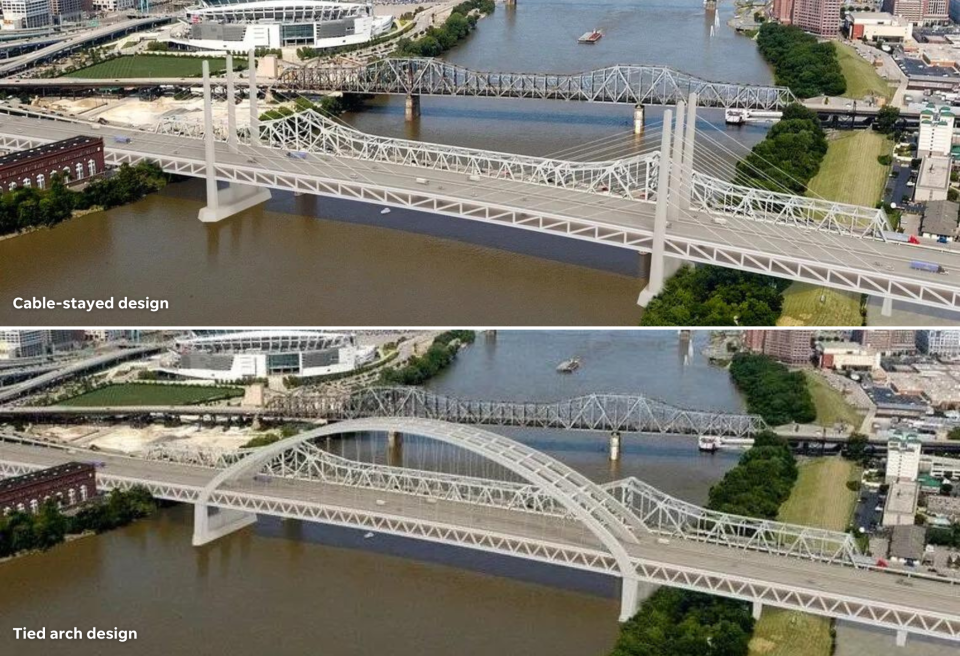
Visionary leaders in the late 1990s led the effort to shrink Fort Washington Way from a sprawling spaghetti highway to today’s 2nd and 3rd streets beside a narrowed Fort Washington Way. This change made the Banks and the amazing Smale Riverfront Park possible.
More recently, city leaders worked with ODOT to create the Martin Luther King/I-71 interchange, which has restored highway access to neighborhoods ripped apart by the original design. The interchange has sparked an Uptown renaissance as our educational and medical institutions are leading the way on our region’s growth.
We are proud that we played meaningful parts in these improvements. We stepped up.
We are not engineers and our commitment to build the I-71/MLK interchange met initial opposition from ODOT and the federal government. Once agreed to, ODOT said that it would construct the interchange only if the exit to Taft/McMillan was closed. While we didn’t know how to solve the engineering issues involved, we, along with many others, held firm that there was a way to build the interchange and preserve the access at Taft/McMillan. Unified as we were, ODOT found a way to get the job done.
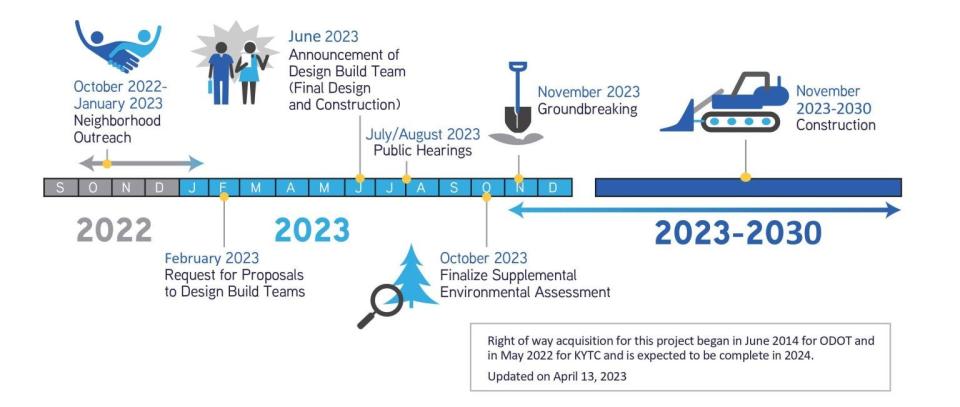
Based on our experience, we know that ODOT will creatively find solutions to local goals if the political support is clear and unified. We now have a chance to reconnect the West End and Queensgate with downtown through an innovative vision of the new Brent Spence Bridge Corridor that could replicate the success of the reconstruction of Fort Washington Way.
As former mayors of our great city, we rejoiced when President Joe Biden stood with the governors of Ohio and Kentucky and announced more than $1.6 billion in funding to improve the bridge corridor. We both spent years lobbying for these funds.
More: 'A missed opportunity': Former mayors Cranley, Mallory want changes in Brent Spence design
We also applaud Transportation Secretary Pete Buttigieg (whom we have both known for many years) for implementing new rules that reward designs that are urban friendly. The federal government now embraces the kind of progressive vision our city showed in redoing Fort Washington Way and the I-71/MLK interchange.
The progressive design build process that ODOT has rightly put in place requires that local input be an official part of selecting a contractor and finalizing with that contractor a design that meets local goals and ambitions. That process has only just begun and any suggestion that it is "too late" to make design improvements isn’t paying attention to recent changes ushered in by Secretary Buttigieg.

We have joined forces with a grassroots effort to fix the design flaws to I-75 in Queensgate/West End. ODOT’s plan to build a companion bridge to the West means that an entire new street grid of more than 40 acres can be returned to downtown. Closer proximity between downtown and the West End/Queensgate will restore access to opportunity to residents of left behind neighborhoods.
A grassroots effort led by tireless volunteers, Bridge Forward Cincinnati has put forth a bold vision of what could be. Their plan makes no changes to ODOT’s bridge construction. It only moves a few ramps on the Ohio side − but these minor changes generate awesome new opportunities.
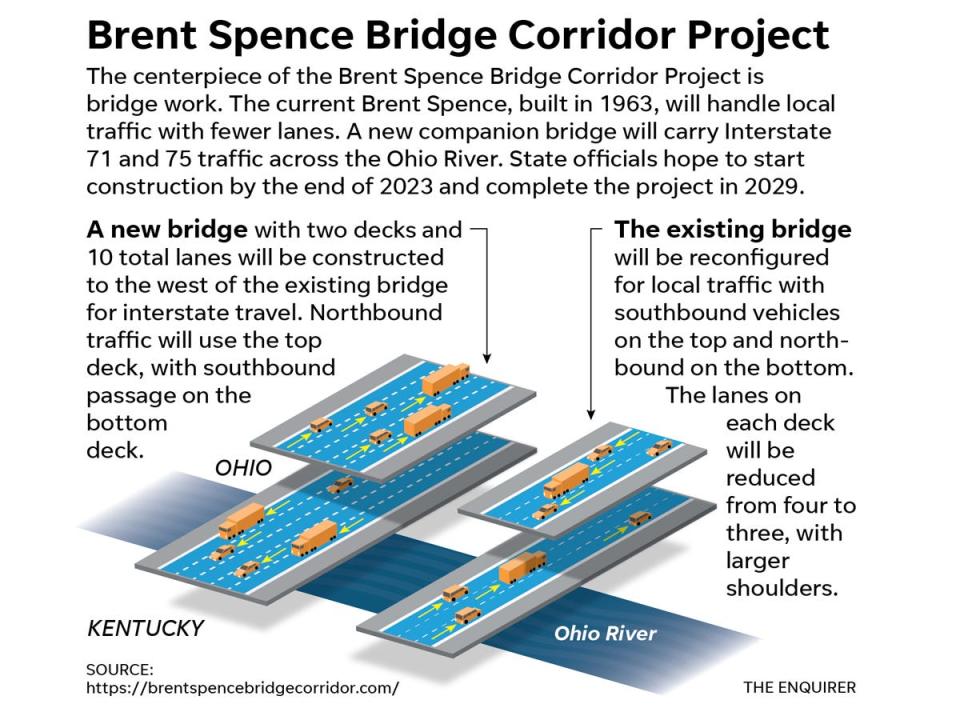
We are thrilled that with the support of Mayor Aftab Pureval, Councilwoman Meeka Owens is leading an effort to advocate for this vision. This is exactly the kind of leadership we need. While there may be parts of Bridge Forward’s proposal that can’t be accommodated, we are also sure that clear political direction will improve the project. We have seen and led it before, and now we stand arm in arm with our local leaders. Together, we can get this done.
For decades now Cincinnati leaders have come together to repair the injuries to our city that resulted from bad highway designs of the 1960s and 1970s. The Brent Spence Bridge Corridor is the biggest opportunity to do so yet.
John Cranley and Mark Mallory both served as mayor of Cincinnati.
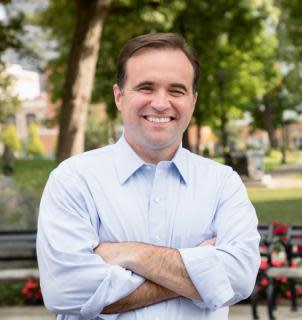
This article originally appeared on Cincinnati Enquirer: Bridge project offers chance to fix bad highway designs | Opinion

